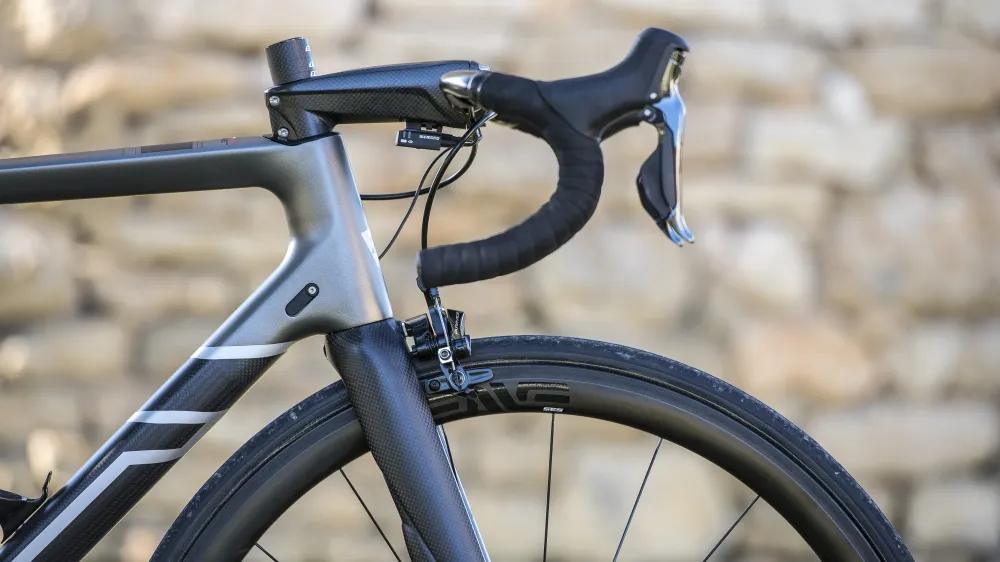Time has launched a completely new lightweight race bike called the Alpe d’Huez. Made entirely in France, the Alpe d’Huez is billed as being 'where lightness and responsiveness meet'. It takes its place as the new Altitude flagship, replacing the outgoing Izon.
- Time Alpe d'Huez first ride review
- The Trek Domane Gravel is not a gravel bike
- This ‘lefty’ aero road bike is just the tip of an insane Italian iceberg
As the name suggests, the new bike is intended for the mountains — and Time has made a point of talking about descending ability, as well as the usual spiel about stiffness and weight.
The Alpe d’Huez will be sold in two variants, the 01 and 21, named after the last and first bends of the (in)famous climb — last being the one at top, in case that wasn’t obvious.
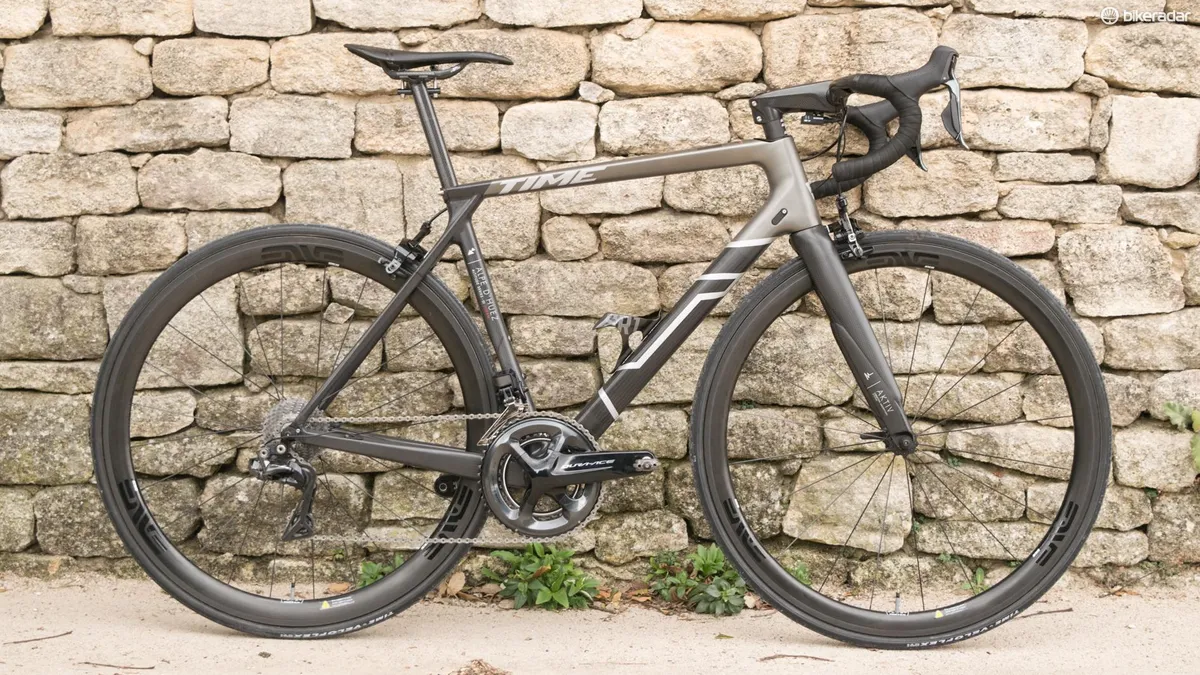
The 01 is the flagship and it features a frame weighing a claimed 840g for a Small without paint, making it Time’s lightest yet. It also has the highest stiffness-to-weight ratio in the range. Read my first ride review of the Alpe d'Huez 01 Ulteam here. The more affordable Alpe d’Huez 21 comes in at 930g, which makes it just 10g heavier than the outgoing Izon, and lighter than the Scylon and Fluidity, both of which weigh a claimed 950g.
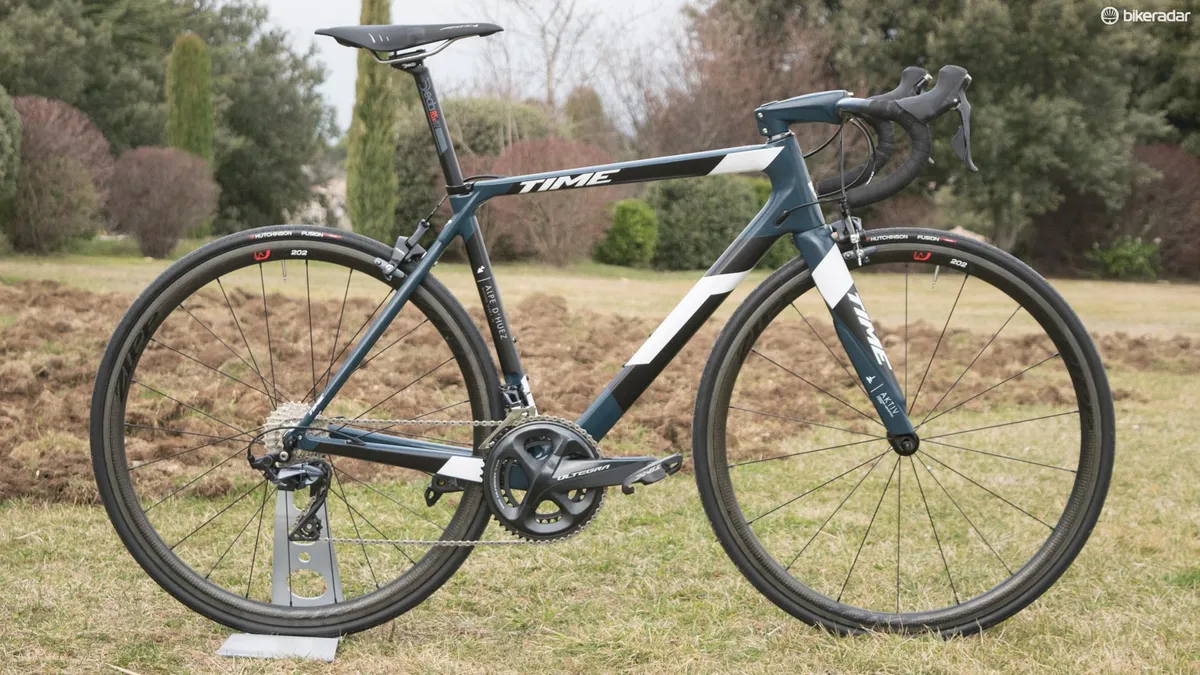
In absolute stiffness terms, the Alpe d’Huez 01 (135 Nm/degree) slots in below the Scylon (150 Nm/degree) according to Time’s numbers, while the 21 (96 Nm/degree) isn’t as stiff as the Izon (118 Nm/degree), but does beat the Fluidity (91 Nm/degree). Got that?The Alpe d’Huez fork weighs a nominal 375g, and Time also offers a version of its Aktiv fork for the bike, which incorporates a tuned mass damper to absorb road vibrations.
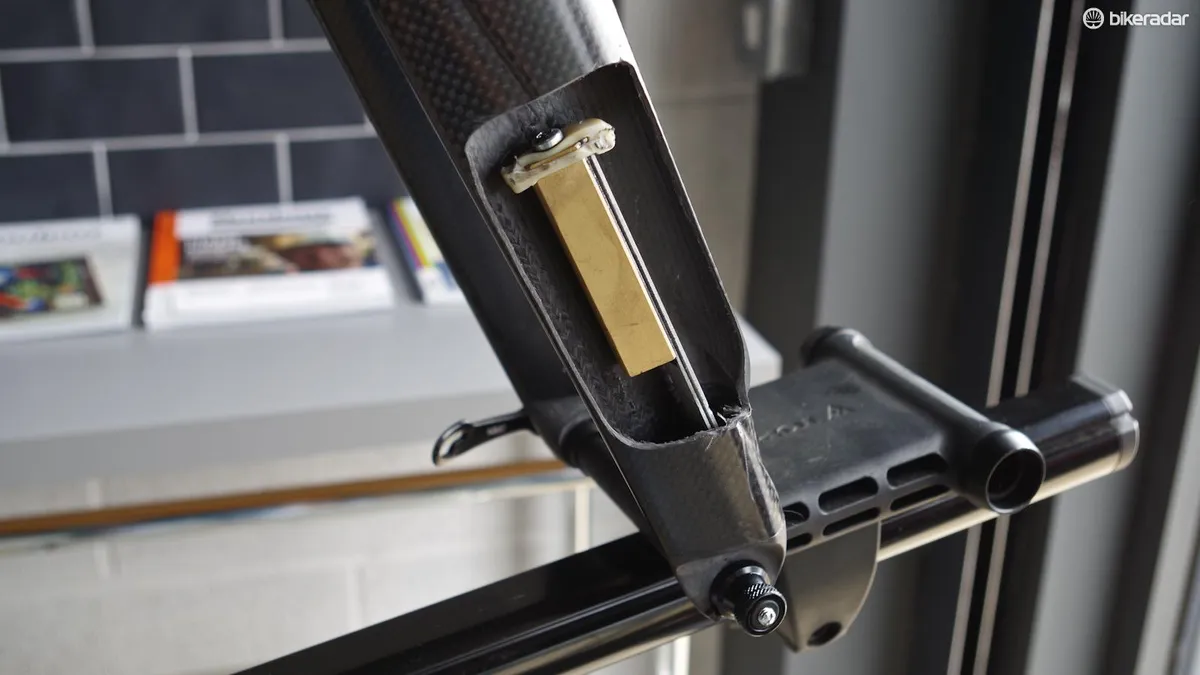
Handmade in France
Unlike a great many European brands, which have outsourced frame production to third parties, Time still makes bikes in-house, weaving carbon and other materials on its own looms.

The brand is keen to point out that its frames are 'hand-made', although it’s worth noting that most carbon frames are laid up by hand — it’s not a process that lends itself to automation.
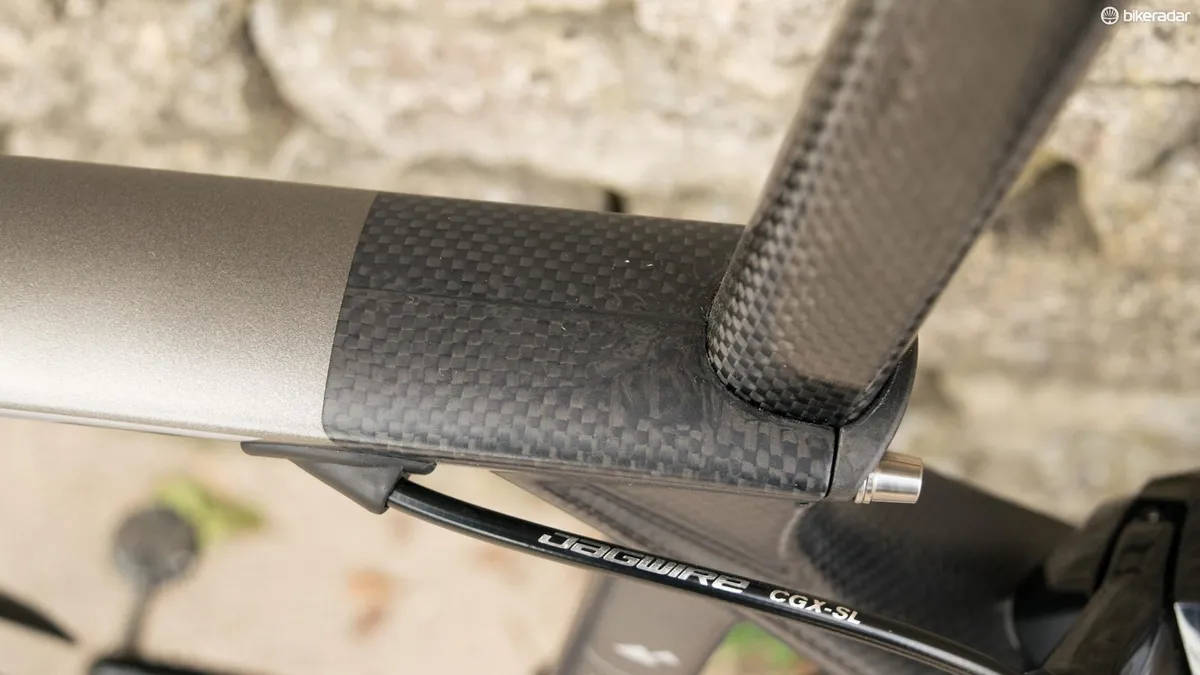
Unlike a great many European brands, which have outsourced frame production to third parties, Time still makes bikes in-house, weaving carbon and other materials on its own looms.


Time does do things somewhat differently to the mainstream, however. Three percent of the Alpe d’Huez’s fibres are Vectran, a material more commonly found in tyres, which Time says adds vibration absorption to a frame. Time claims to achieve 'better structural homogeneity' and more consistent material thickness than that of standard pre-preg carbon frames, thanks to its Resin Transfer Moulding process, in which the epoxy is forced into moulds, displacing any air bubbles.
An Alpe d’Huez 01 frame includes more than 7300 individual fibres, a total length of around 3km, while a single frame takes 22 hours of labour to construct.
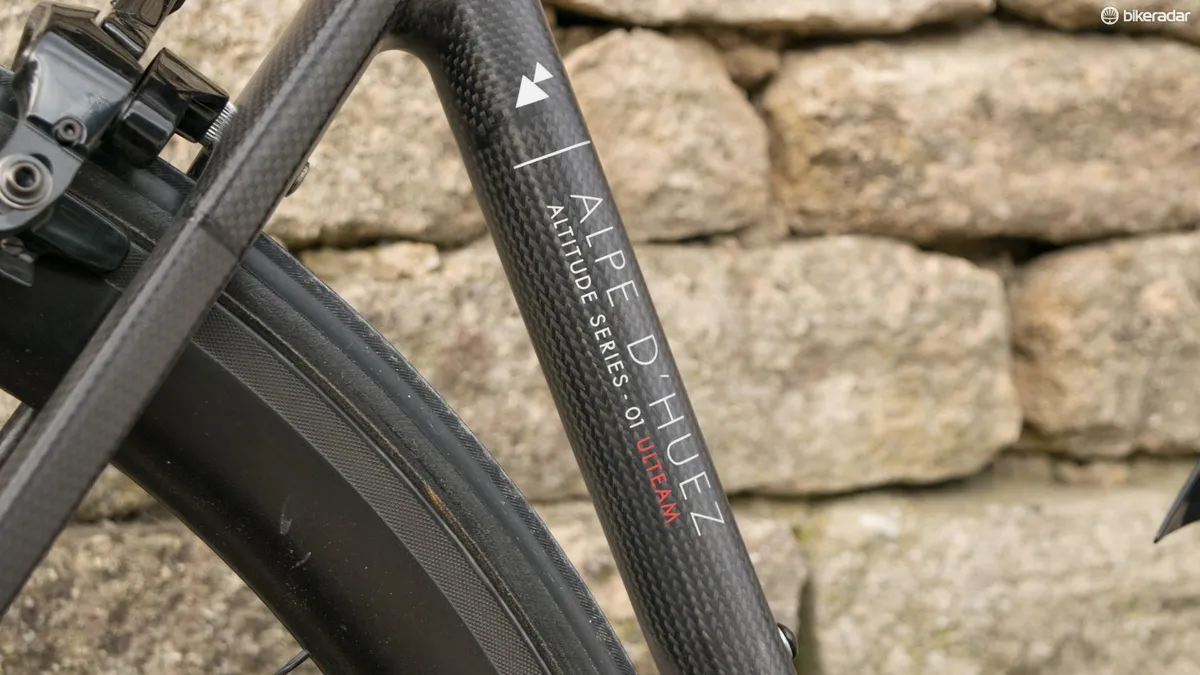
The Alpe d’Huez 21’s frame is built using similar methods but gets a less complex lay-up, with more than 6200 fibres. Rather than the more expensive and lighter Vectran, the 21s incorporate seven percent basalt in its lay-ups.
Alpe d’Huez 01 vs 21
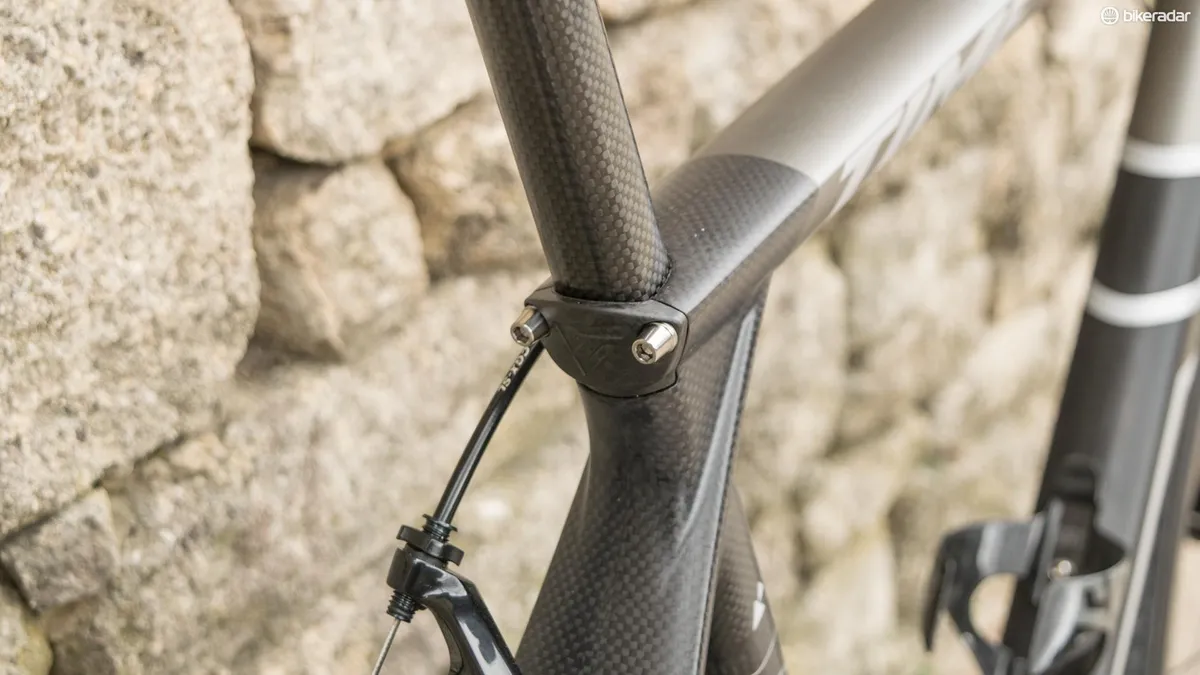
Aside from the material make-up that dictates frame stiffness and weight, there are some key differences between the top-end and second-tier models.The 01 gets Time’s own carbon seatpost, which clamps in place using a rear-facing carbon plate, which neatly terminates the top tube. The 21 has a more conventional wraparound metal clamp that sits flush with the top tube.
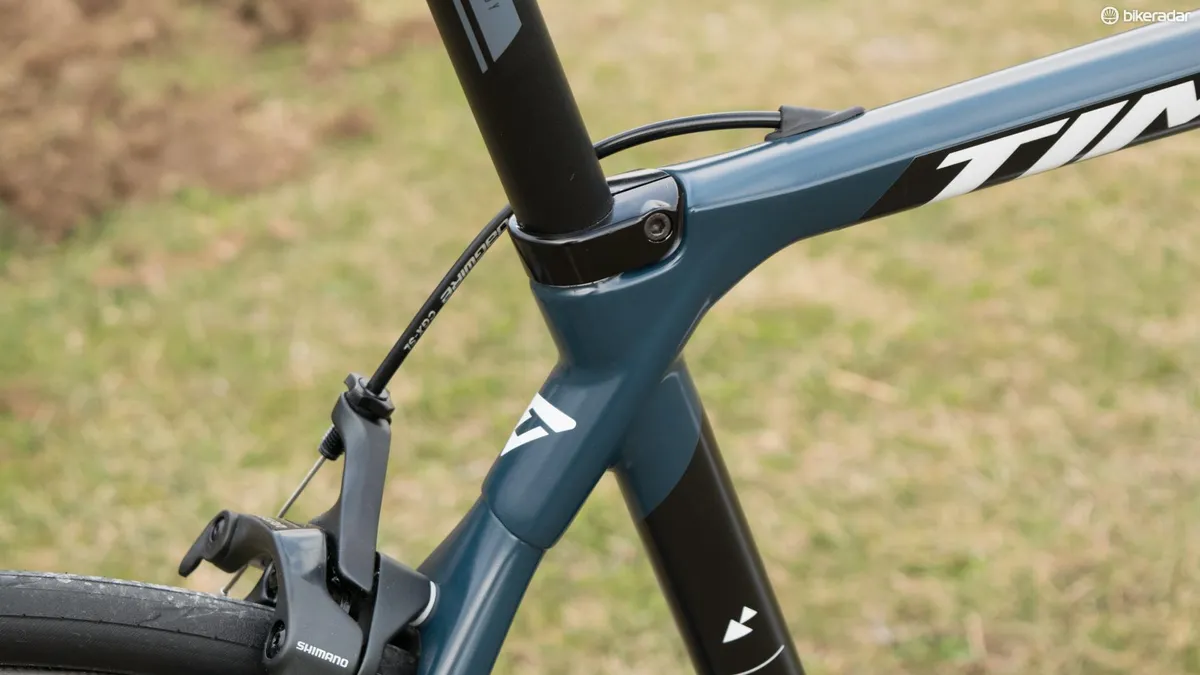
The seatstay arrangement looks quite different too. On the 21, the rear triangle clearly plugs into the seat cluster, while on the 01 the joins are smoothed over and hidden. Up front, the 01’s Quickset headset achieves something close to zero stack, while the 21’s conventional top cap adds a few millimetres of height.
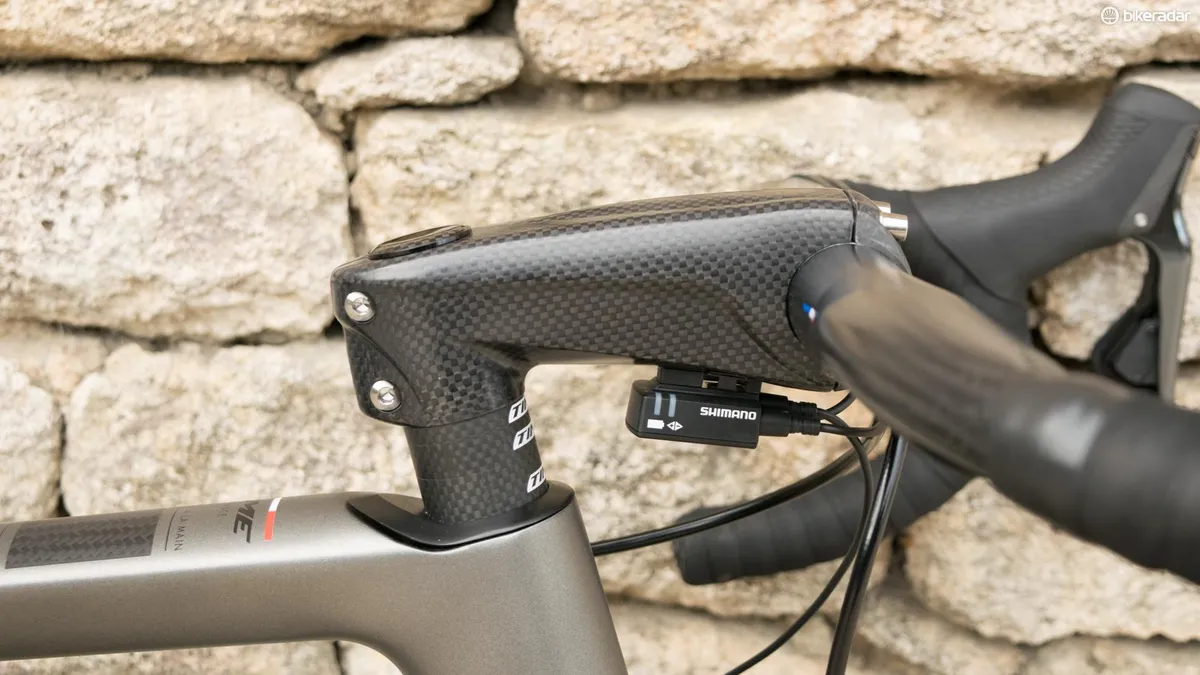
Oh, and then there’s the price...
Pricing and availability
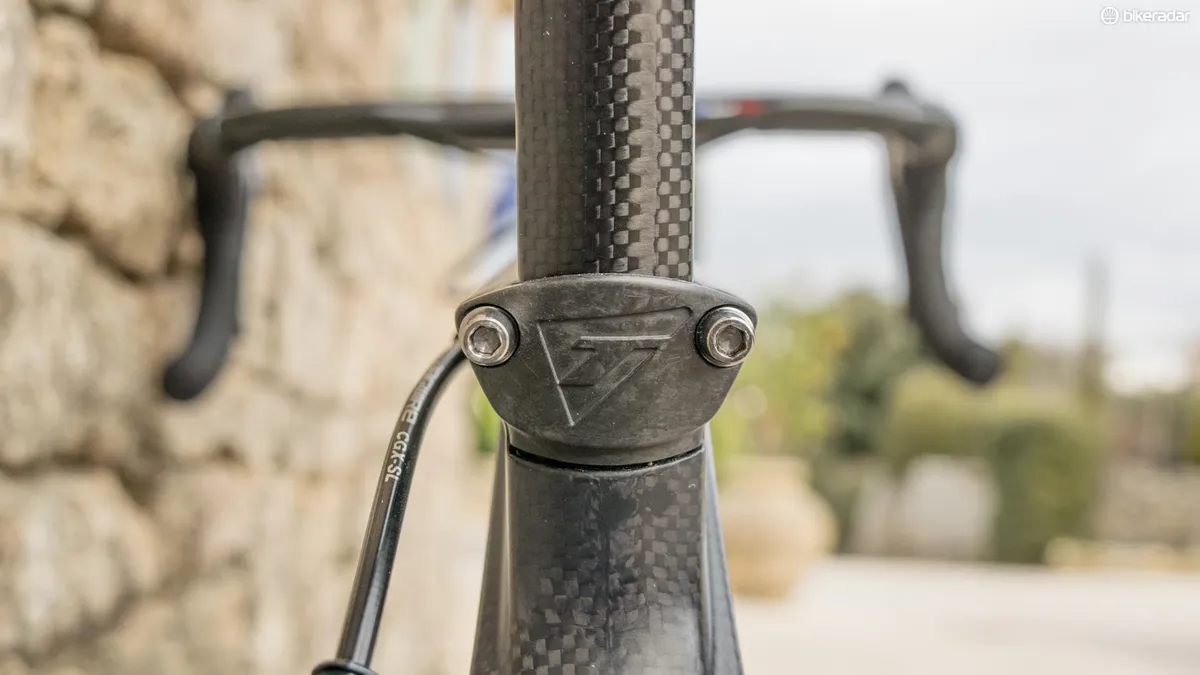
Complete bikes start at £4,995 / €5,590 for the Alpe d’Huez 01 (Shimano Ultegra / Mavic Ksyrium wheels) and £2,995 / €3,190 for the Alpe d’Huez 21 (Ultegra mix / Mavic Aksiums). An 01 frameset is £3,895 / €4,290 with a standard fork, or £4,345 / €4,750 with the Aktiv option. A limited-to-50 Ulteam halo version of the 01 with Enve SES 3.4 wheels, Xpro 15 pedals and full carbon finishing kit will retail at £12,000 / €13,490 with Dura-Ace Di2 or £11,500 / €12,990 with SRAM eTap.
A 21 frameset costs £2,245 / €2,490, and Time now has a configurator that lets you spec the bike just how you want it. Pricing in dollars is to be confirmed.
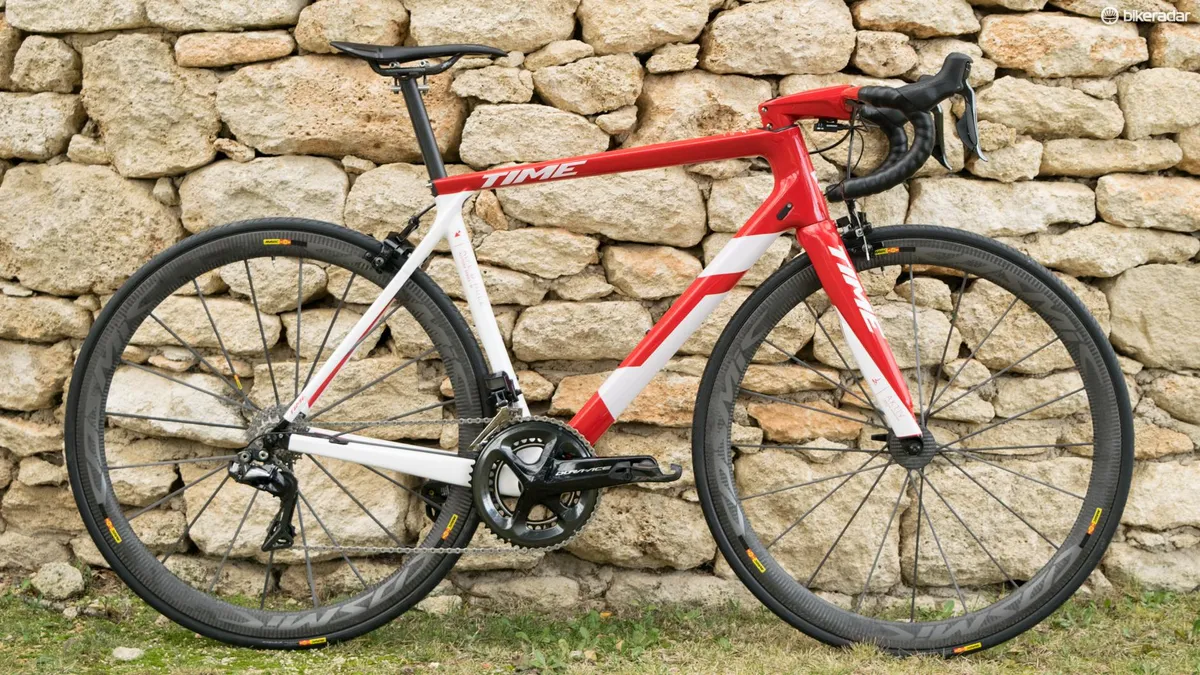
Because Time manufactures in-house and has limited capacity, production of different sizes and versions is going to be staggered over the coming year or so.
That means that small Alpe d’Huez 01 frames will be available from mid-February, but the first 21s won’t hit shops until June. All sizes of both versions should be available by early 2019.
What about discs I hear you cry? There’s going to be a rotor-equipped Alpe d’Huez too, but you’ll have to wait until next year.
If the Alpe d'Huez tickles your fancy, make you sure you check out my first ride on the range topping Ulteam version, and watch the video below.
Early impressions of the Alpe d'Huez are certainly positive

